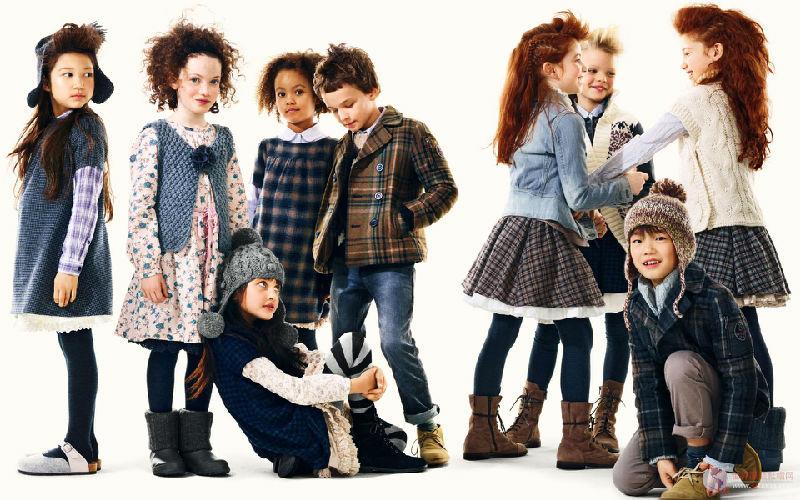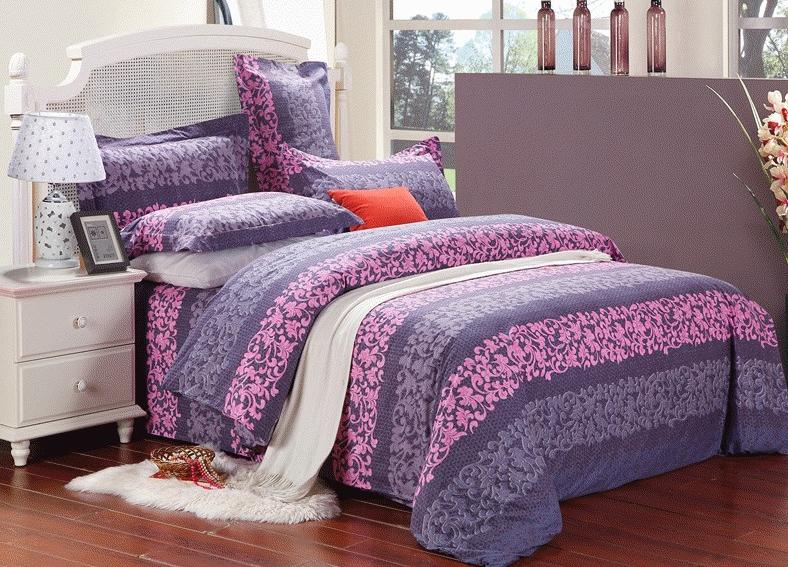Title: Designing for Childrens Fashion: The Art of Creating Perfect Childrens Suits
Designing for children's fashion is not just about creating cute and trendy outfits, but it is an art that requires attention to detail, creativity, and understanding of the child's personality and needs. Creating perfect children's suits involves a lot of steps from selecting the right fabric to ensuring comfort, durability, and safety. The designer must consider factors such as the season, the activity the suit will be worn for, and the child's age, height, and weight. They must also pay attention to the design elements such as color, print, and pattern, which should appeal to both parents and children. A well-designed children's suit can make a child look and feel confident, comfortable, and stylish. It is essential to remember that children are individuals with unique personalities, so the designer must strive to create a suit that reflects their individuality while still being practical and functional. By following these guidelines, designers can create children's suits that are not only fashionable but also durable, comfortable, and suitable for different occasions.
In the world of fashion, there is a special place reserved for children. Children are the epitome of innocence, and their clothing should reflect that same purity. At the forefront of creating this perfect balance is the design of children's suits. A well-designed suit not only looks great on a child but also provides comfort, durability, and allows for easy movement. This article will delve into the art of designing children's suits, exploring the various elements to consider when creating such pieces.
The first element to consider is the fit. A good fit is crucial for both style and comfort. Children have delicate frames and different body types, so it's essential to ensure that the suit fits each child perfectly. This can be achieved through proper measurements, careful consideration of the cut, and using high-quality materials. The fabric should be soft and breathable, allowing children to move freely and feel comfortable.
The second element is the color and design. When designing suits for children, it's important to choose colors and patterns that appeal to their young minds. Bright colors and playful patterns not only look great but also evoke a sense of energy and joy, which is ideal for children. However, too many bold colors or patterns can overwhelm a child's appearance, making them appear less than their best. Therefore, it's essential to strike a balance between style and practicality.
The third element is functionality. While children's suits need to look great, they also need to be functional. Buttons should be easy to operate, and pockets should be spacious enough to hold essential items like phones or wallets. Additionally, suits should be designed with ease of movement in mind, ensuring that children can move around freely without feeling restricted.

When designing children's suits, it's also important to consider cultural considerations. In some cultures, specific styles or colors may be more traditional or appropriate for certain occasions. Understanding these cultural norms can help designers create suits that are not only stylish but also respectful and inclusive.
Another important aspect of children's suit design is sustainability. With growing concerns about the environment, it's crucial to use eco-friendly materials and minimize waste in the manufacturing process. This can include using organic cotton or recycled fabrics, reducing packaging waste, and implementing sustainable production practices. By prioritizing sustainability, designers can create fashionable and responsible suits for the next generation.
In addition to these key elements, collaboration with experienced tailors is essential in creating perfect children's suits. Tailors understand the nuances of fitting children and can help ensure that each suit fits perfectly. Working with skilled tailors ensures that the final product is not only stylish but also comfortable and durable.

In conclusion, designing perfect children's suits requires a combination of art and science. It involves considering factors like fit, color and design, functionality, cultural norms, sustainability, and collaboration with skilled tailors. By paying attention to these elements, designers can create beautiful and functional suits that not only look great on children but also make them feel confident and comfortable while wearing them. Ultimately, the perfect children's suit is one that combines style, comfort, and practicality, making it an essential part of any child's wardrobe.
Articles related to the knowledge points of this article:
Title: The Art of Mens Ties: A Visual Journey through the World of Tie Patterns and Designs
Feather and Down Production in the Modern Economy
Title: Mastering the Art of Tying Ties: A Comprehensive Guide to Tying a Tie
Title: Mastering the Art of Tying a Scarf: A Video Guide to Different Ways to Tie a Shawl and Scarf



